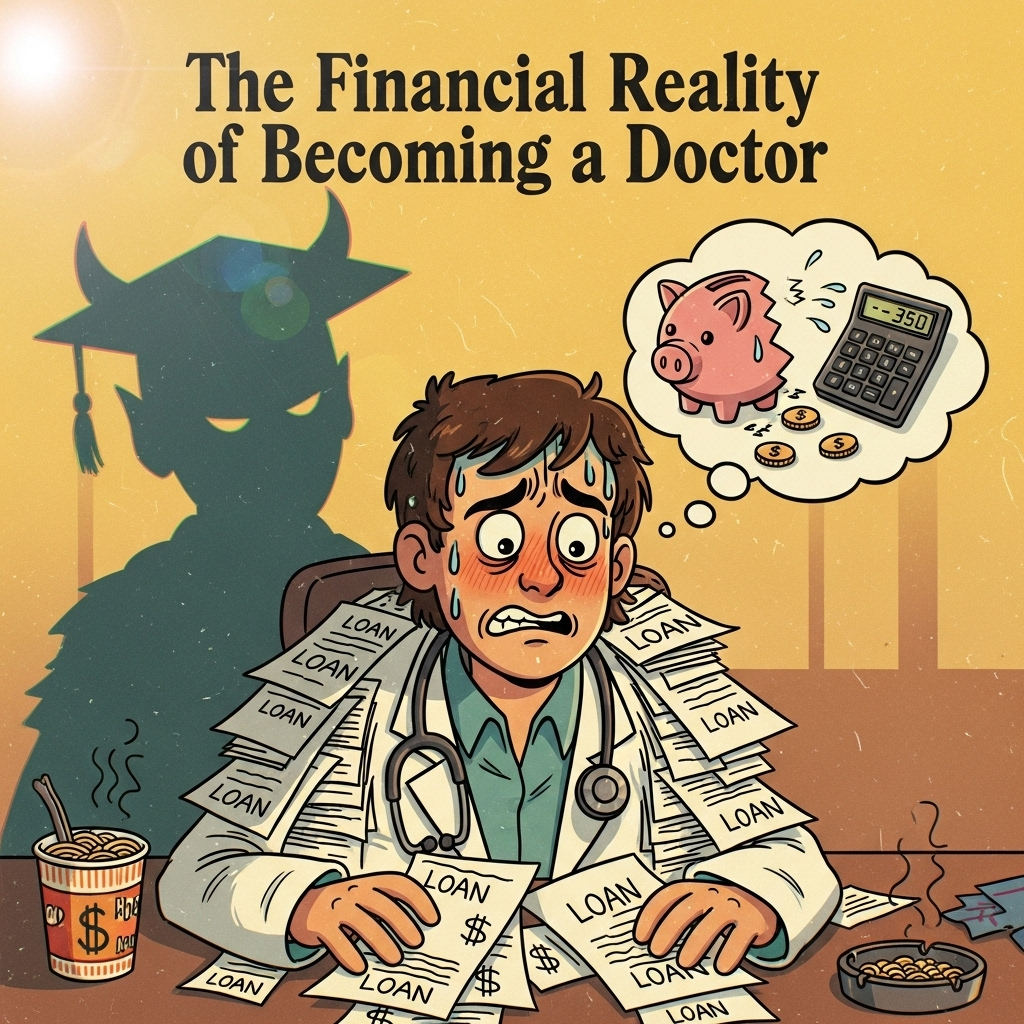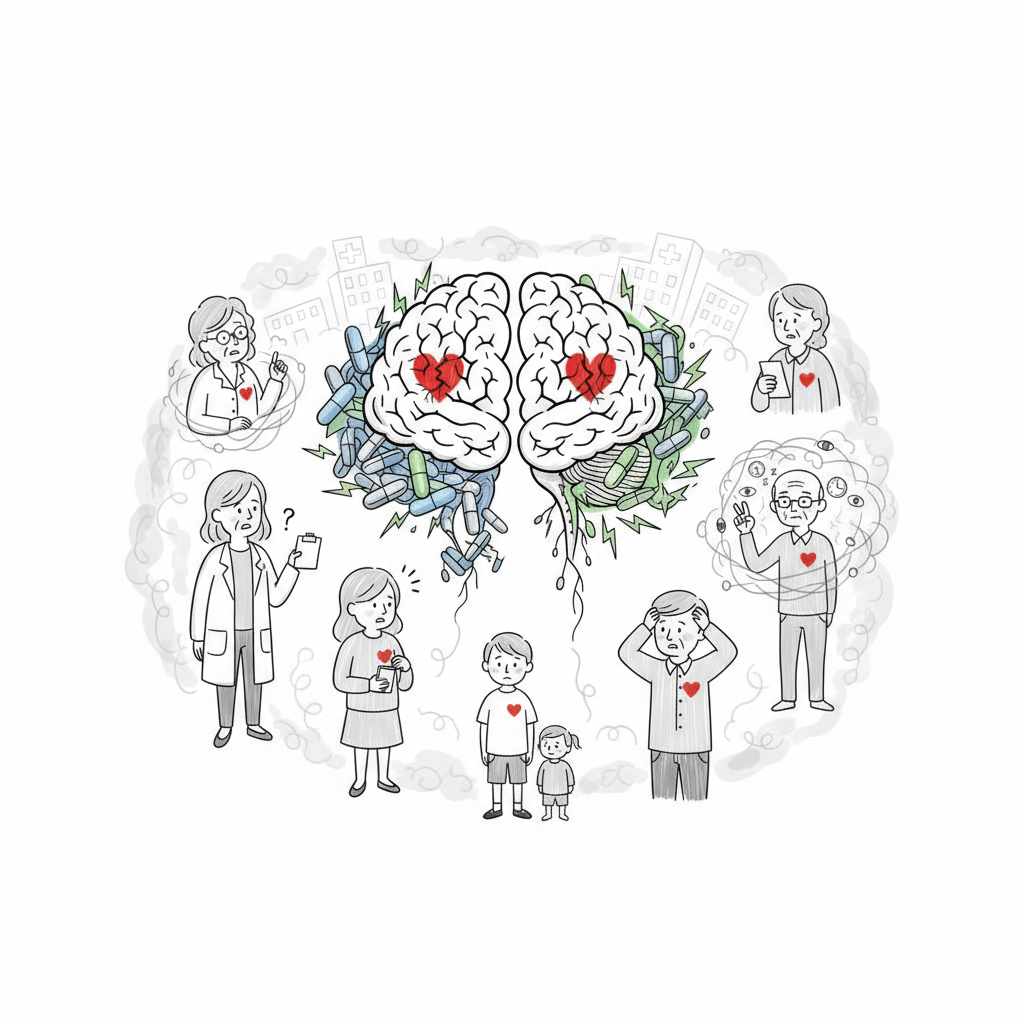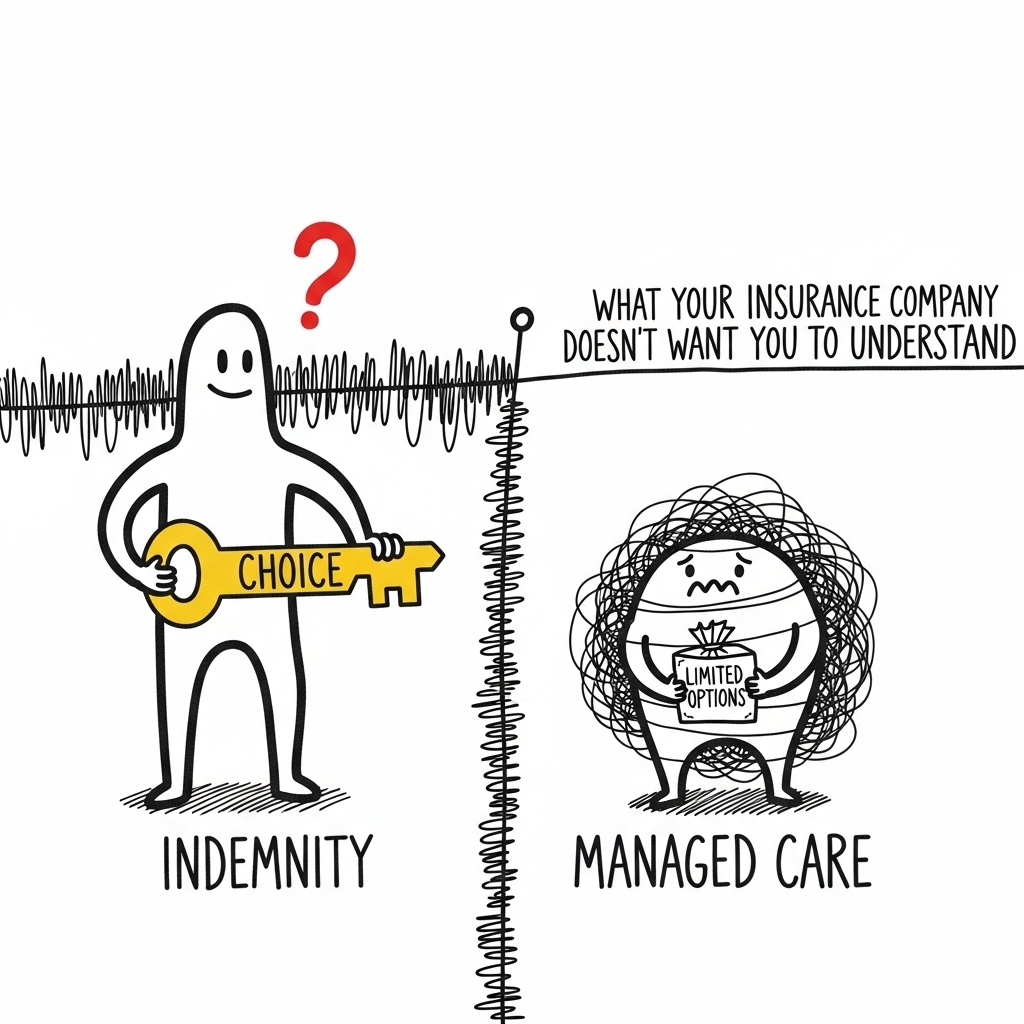Introduction: The Long Road Nobody Talks About
When people picture a physician’s career, they often imagine prestige, high income, and financial security.
What they rarely see is the decade-plus of training, crushing student debt, and delayed earning potential that shape every career decision a doctor makes.
Becoming a physician isn’t just a calling—it’s a massive financial gamble.
The Cost of Getting There
Undergraduate Education
- 4 years of tuition, fees, books, and living expenses.
- Average cost: $100,000–$200,000 (public vs. private).
Medical School
- Another 4 years—often financed entirely through loans.
- Average tuition: $40,000–$65,000 per year.
- Many graduate with $200,000–$300,000 in medical school debt alone.
Opportunity Cost
- While peers in other professions are earning salaries in their 20s, medical students are accruing debt.
- This means starting a career 10–15 years later than many college graduates.
Residency and Fellowship: The Apprenticeship Years
- Residency Salary: Around $60,000/year—often for 60–80 hours of work per week.
- Fellowship (if pursued): 1–3 additional years, with similar pay.
- Interest on student loans continues to accrue during this time.
By the time most physicians start their “real” career, they’re in their early 30s with hundreds of thousands in debt.
The Debt-to-Income Crunch
Even with a strong starting salary, paying down $300,000 in loans while supporting a family, buying a home, and saving for retirement can feel like running uphill.
Many physicians:
- Delay home purchases
- Postpone having children
- Feel forced into higher-paying specialties over primary care
How This Shapes Career Decisions
1. Reluctance to Challenge Insurers
Fighting prior authorizations or coverage denials takes time—and time is money when debt is looming.
2. Less Flexibility to Change Careers
Switching specialties or leaving clinical work often isn’t financially viable.
3. Geographic Limitations
Physicians may feel tied to higher-paying markets, even if they’d prefer to practice in underserved areas.
The Burnout Connection
Financial stress compounds the pressures of long hours, administrative burdens, and constant regulatory changes.
Physicians who feel trapped by debt are more likely to:
- Accept unsustainable workloads
- Avoid rocking the boat with employers or insurers
- Leave medicine earlier than planned
What Could Help
- Loan Forgiveness Programs – Especially for service in rural or underserved areas.
- Interest Subsidies – To prevent loan balances from ballooning during training.
- Transparent Reimbursement Models – So physicians can make informed career and location choices.
- Reduced Administrative Burden – Freeing up time for actual patient care (and revenue-generating work).
Final Thoughts: The Human Cost Behind the White Coat
When we talk about physician shortages, we can’t ignore the economic barriers to entering—and staying in—the profession.
The financial reality affects not just doctors, but the patients and communities they serve.
If we want a strong, stable physician workforce, we must make the path to medicine less financially punishing.
Because every dollar a doctor spends servicing debt is a dollar they can’t spend investing in their practice, their community, or their own well-being.
About the Author
Douglas J. Jorgensen, DO, CPC, FAAO, FACOFP
Dr. Doug is a physician, consultant, and national educator on healthcare policy and regulatory compliance. He advocates for systemic reforms that make the medical profession sustainable for future generations.



